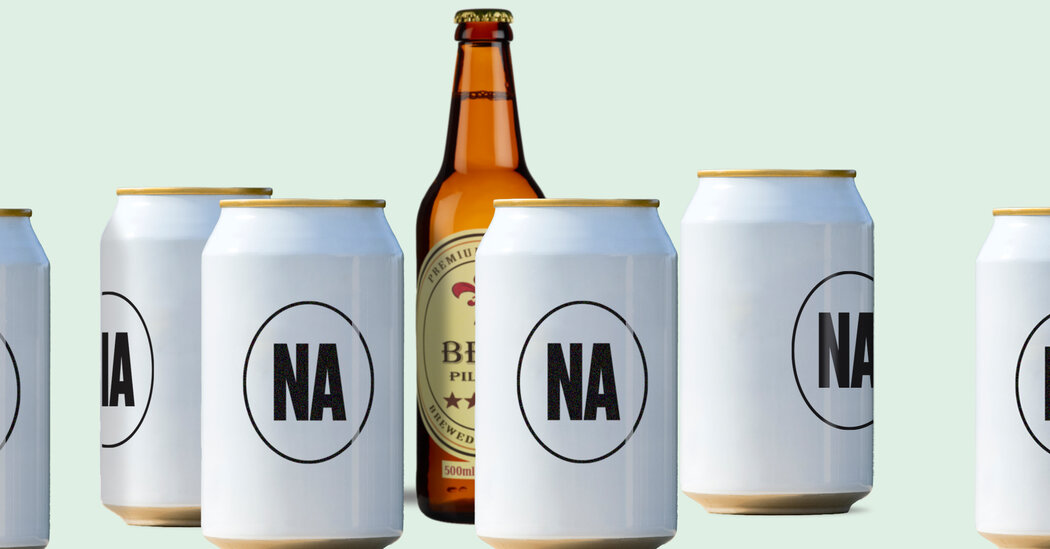Sales of NA beer, wine and spirits are soaring. Here’s what to know before you take your next sip.
Nonalcoholic beverages used to be the butt of jokes. Now, they’re the fastest-growing sector of the alcohol market. Sales of nonalcoholic beer, wine and liquor increased by 32 percent from 2022 to 2023, while total alcohol sales grew by just 1 percent. As of early 2024, the top-selling beer at Whole Foods was nonalcoholic.
This growth likely stems from increasing awareness of the health harms of alcohol and a rising interest in sobriety and moderation. One recent study found that health consciousness, curiosity and a desire to avoid the negative effects of alcohol (like hangovers) were among people’s top reasons for consuming nonalcoholic beverages. There are also many more — and better — nonalcoholic options on the market today.
So, how much healthier are nonalcoholic (or “NA”) beverages than the real deal? Are they safe for everyone? And do they contain other ingredients people should watch out for?
What is a ‘nonalcoholic beverage’?
To qualify as nonalcoholic, a beverage must have less than 0.5 percent alcohol by volume (A.B.V.). Traditionally, brands use methods like filtration or distillation to remove the alcohol from their products. Newer techniques alter the fermentation process, so the sugar in the beverage isn’t turned into alcohol. Other drinks marketed as alcohol alternatives don’t try to mimic beer, wine or liquor and are made with juice or botanicals.
The main harmful ingredient in alcoholic beverages — the one that damages the liver and contributes to cancer — is the alcohol, so once that’s been almost entirely removed, the health risks associated with booze pretty much disappear.
“From a health perspective, very small amounts of alcohol in your drink probably don’t make a huge deal of difference,” said John Holmes, a professor of alcohol policy at the University of Sheffield in England.
